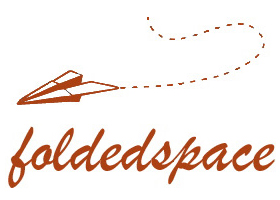Earlier tonight at Awesome People, I shared the six videos that make up The Sagan Series, one man’s attempt to create the PR campaign that NASA should have produced for itself. These videos make me ache to see humans in space.
As a boy, I dreamed of living in space, of journeying to other planets — and other stars. The best I’ll ever do, of course, is to go outside and look at the night sky. Unfortunately, that night sky isn’t so stellar here in Portland. There’s far too much light pollution. Maybe when I’m hiking across northern England next month, I’ll be able to take in some star-gazing.
To mollify myself in the meantime, I’ve been watching some brilliant time-lapse videos of the night sky, including the six featured below. First up is footage from Randy Halverson, who spent three weeks filming in Milky Way from his home in South Dakota.
Halverson’s other work is great, too, especially his winter night timelapse (including raccoons and an owl). Learn more at Dakotalapse.
Not to be outdone, here’s Alex Cherney’s gorgeous time-lapse video of the sky over the Southern Ocean Coast in Australia. This took Cherney 1-1/2 years of work and includes 31 hours of images made over six nights.
For more of Cherney’s work, take a look at Melbourne at Night. Learn more at his website, Terrastro.
And here’s a time-lapse video from Norway’s Terje Sørgjerd. His film stars El Teide, Spain’s highest mountain, and a dust storm from the Sahara Desert.
Sørgjerd’s images are stunning. Take a look at this celebration of the arctic light.
From Daniel López, here’s “El cielo de Canarias” (Canary sky):
And here’s Simon Christen’s time-lapse footage of the sky over San Francisco:
That last one lasts only a minute, but I wish it were longer.
Finally, here’s an eight-minute video of time-lapse footage from the Europoean Southern Observatory’s Very-Large Telescope in Chile:
If I can’t see the stars in person, at least I can watch them from the surface of the earth.
